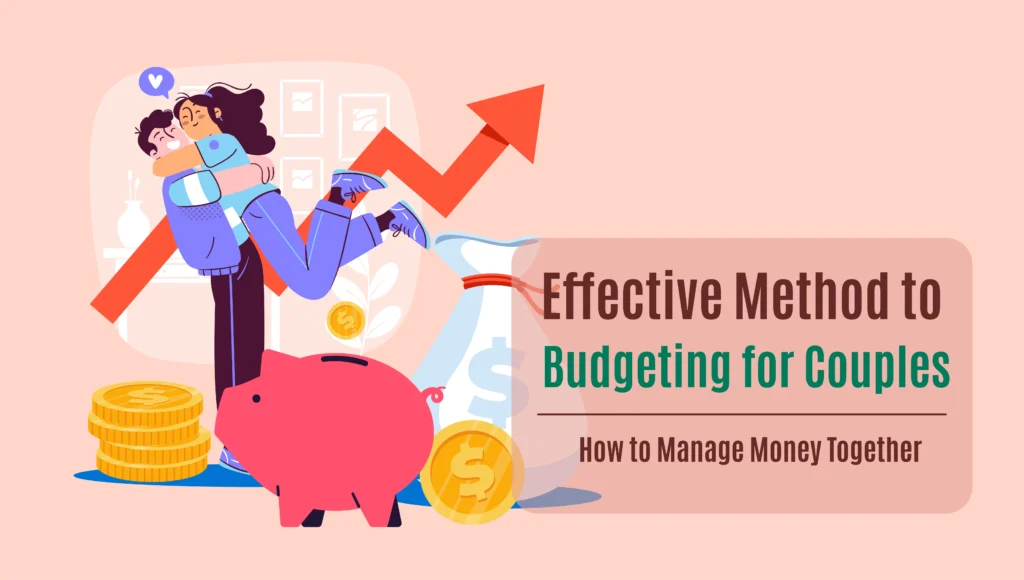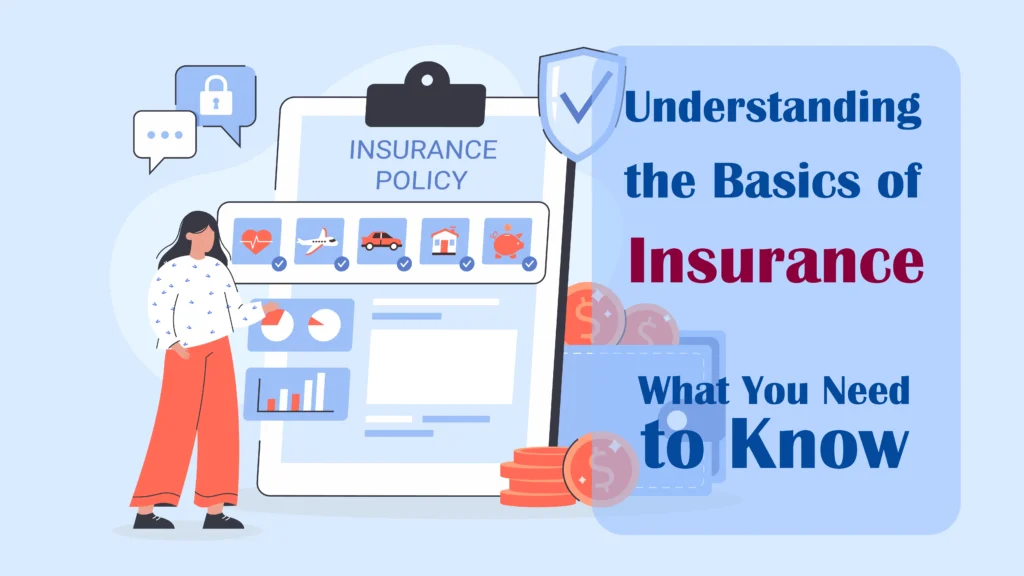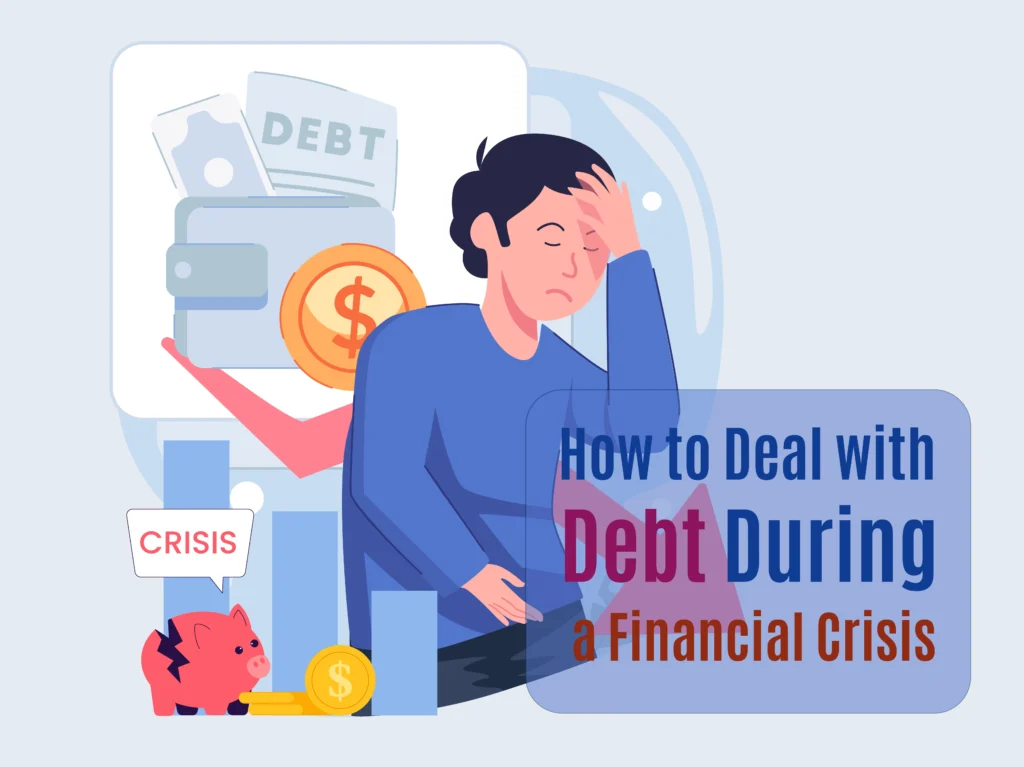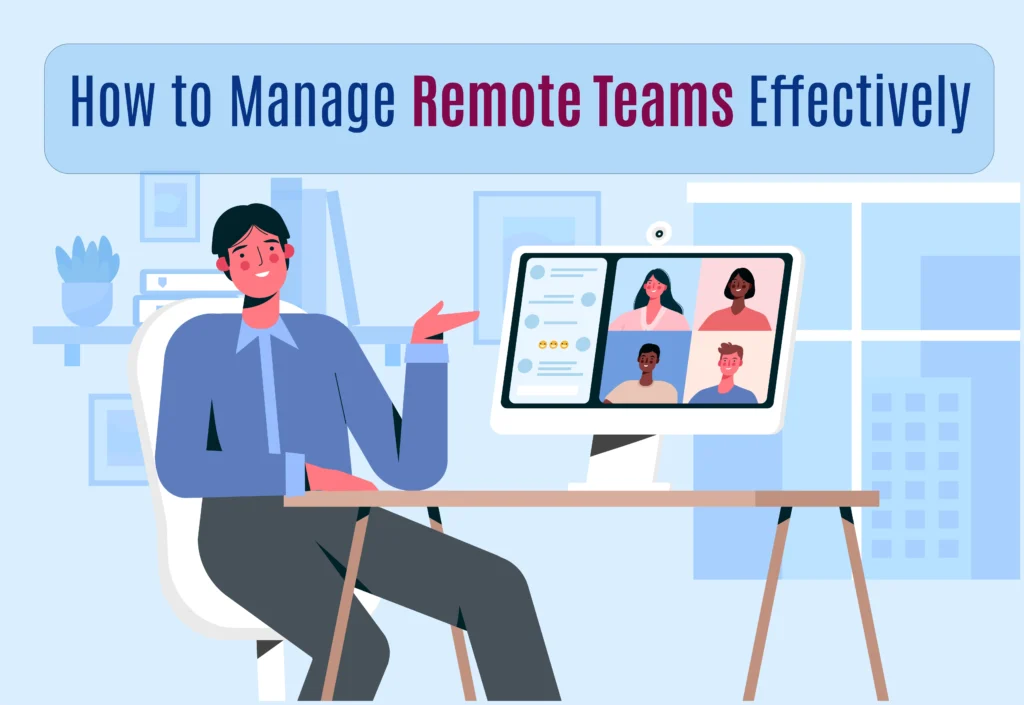How to Effectively Cut Expenses and Improve Your Budget Today
Managing your personal finances effectively requires more than just tracking your income and spending. If you’ve ever felt like your money disappears before the month ends, you’re not alone. Many people struggle with keeping their expenses under control, which can make it difficult to save for the future or pay off debt.
Cutting unnecessary expenses is one of the most powerful ways to improve your budget and regain control over your financial situation. By identifying areas where you’re overspending and making small, actionable changes, you can free up more money for savings, investments, and other financial goals. In this article, we’ll explore practical ways to cut expenses and improve your budget to help you achieve greater financial stability.

Why Cutting Expenses is Essential for Budget Improvement
The Importance of Expense Management
At the core of any successful budget is a clear understanding of your expenses. If you don’t know where your money is going, it’s easy to overspend on non-essential items, leaving you with little to save or invest. Managing your expenses ensures that you live within your means, which is critical for financial stability.
Expense management helps you avoid accumulating debt and ensures that you can consistently save for important goals, such as an emergency fund, retirement, or even a dream vacation. Cutting expenses isn’t about depriving yourself but about making thoughtful choices that align with your long-term financial objectives.
Signs You Need to Cut Expenses
There are several indicators that suggest it’s time to reevaluate your spending habits:
- Living paycheck to paycheck: If you find that your entire paycheck is gone by the end of the month without much to show for it, this is a sign that you’re overspending.
- Relying on credit cards for essentials: Using credit cards to cover basic living expenses such as groceries or rent can quickly lead to debt.
- Struggling to meet savings goals: If you’re finding it difficult to set aside money for savings, it’s likely because you’re overspending in other areas.
Cutting back on unnecessary expenses can help you regain control over your finances and free up money for more important financial priorities.
The Benefits of Cutting Expenses
By trimming your expenses, you can unlock several financial benefits:
- More Money for Savings: Reducing discretionary spending means more money can be allocated to building an emergency fund, investing for the future, or paying off debt.
- Less Financial Stress: When you control your spending, you reduce the likelihood of running out of money before the end of the month, reducing financial anxiety.
- Faster Debt Repayment: Extra funds saved by cutting expenses can be used to pay off high-interest debt more quickly, which in turn improves your financial health.
How to Analyze and Track Your Expenses
Start with Expense Tracking
Before you can cut expenses, you need to know where your money is going. Start by tracking your spending over the course of at least 30 days. You can use bank statements, credit card records, or budgeting apps to gather data. Expense tracking will give you a comprehensive view of your financial habits and highlight areas where you may be overspending.
The goal is to capture every transaction, no matter how small, to understand exactly where your money goes each month.
Categorize Your Expenses
Once you’ve tracked your expenses, organize them into categories:
- Fixed Expenses: These are recurring costs that remain the same each month, such as rent or mortgage, utilities, and loan payments.
- Variable Expenses: These fluctuate month to month, including things like groceries, gas, and utility bills.
- Discretionary Spending: Non-essential expenses like dining out, entertainment, shopping, and subscriptions.
By categorizing your expenses, you’ll gain clarity on what is essential and what can be reduced.
Identify Problem Areas
Look for patterns of overspending. For instance, if you’re spending hundreds of dollars each month on dining out or subscriptions you rarely use, these are areas ripe for reduction. Discretionary expenses are often the easiest to cut without feeling like you’re sacrificing your lifestyle.
Tools to Use for Expense Tracking
There are several tools and apps available to help you track and manage your expenses:
- Mint: A popular free budgeting tool that links to your bank accounts, tracks expenses, and categorizes them automatically.
- YNAB (You Need a Budget): A paid app designed to help you allocate every dollar toward a specific purpose and stay on top of your spending.
- PocketGuard: This app shows you how much disposable income you have left after accounting for bills, savings goals, and recurring expenses.
Tracking your spending will give you the foundation you need to start cutting costs effectively.
≫ Learn More: How to Track Your Spending Effectively
Practical Ways to Cut Fixed Expenses
Negotiating Lower Rates
One of the most overlooked ways to cut fixed expenses is by negotiating with service providers. Many people don’t realize that you can often reduce costs for things like internet, cable, and phone services by simply calling your provider and asking for a better rate. Companies are often willing to offer discounts or promotional rates to retain customers, especially if you’ve been with them for a while.
You can also explore switching providers if you find a better deal elsewhere.
Lower Housing Costs
Housing is typically one of the largest expenses in any budget, but there are ways to reduce it:
- Renters: Consider moving to a more affordable area, downsizing to a smaller space, or finding a roommate to share housing costs.
- Homeowners: Explore refinancing your mortgage if interest rates have dropped since you took out your loan. Additionally, invest in energy-efficient upgrades to reduce utility costs over time.
Reduce Insurance Premiums
Insurance can be another major expense, but there are ways to save:
- Shop around: Compare quotes from multiple insurance companies to find better rates for auto, home, and health insurance.
- Bundle policies: Many insurance companies offer discounts if you bundle multiple policies (like home and auto) with them.
- Increase deductibles: If you’re financially able, increasing your deductible can lower your monthly premiums.
Save on Utilities
Utility costs can often be reduced through energy-saving habits and small upgrades:
- Energy-efficient appliances: Consider upgrading to energy-efficient appliances or installing a programmable thermostat to reduce heating and cooling costs.
- Energy conservation: Simple habits like turning off lights when not in use, unplugging devices, and using energy-efficient light bulbs can reduce your electricity bill.
How to Cut Variable and Discretionary Expenses
Groceries and Food Costs
Food is a necessary expense, but many people overspend in this category. Here’s how to cut down:
- Meal Planning: Plan your meals for the week and make a shopping list before going to the grocery store. This prevents impulse buys and reduces food waste.
- Buy in Bulk: Purchase non-perishable items, like grains, canned goods, and household supplies, in bulk to save money in the long run.
- Cook at Home: Reduce the frequency of dining out and fast food. Cooking at home is not only healthier but significantly cheaper than eating out.
Transportation Savings
Transportation costs, including gas and vehicle maintenance, can add up quickly. Here are a few ways to cut down:
- Use Public Transportation: If possible, use public transit to reduce gas and parking expenses.
- Carpool or Bike: Carpooling with coworkers or biking to work can reduce your fuel costs and is also better for the environment.
- Maintain Your Vehicle: Regular maintenance helps you avoid costly repairs and keeps your vehicle running efficiently, which saves fuel.
Entertainment and Subscriptions
Discretionary spending on entertainment and subscription services is often an easy place to cut:
- Limit Dining Out and Events: Set a monthly limit for dining out, movies, and other entertainment. Consider lower-cost alternatives like cooking at home or enjoying free activities like parks or hiking.
- Cancel Unused Subscriptions: Review your monthly subscriptions (streaming services, magazines, apps) and cancel any that you’re not actively using. You may be surprised at how much you can save.
Tips for Maintaining a Balanced Budget After Cutting Expenses
Set Financial Goals
Now that you’ve cut expenses, it’s important to have a plan for the money you’ve saved. Define clear financial goals, such as building an emergency fund, paying off debt, or saving for retirement. Having goals helps you stay focused and ensures that your savings are being used wisely.
Reallocate Savings Wisely
When you cut expenses, make sure the money you save is being put to good use. Reallocate the funds to savings accounts, investments, or debt repayment. Prioritize paying off high-interest debt first, as this will save you money in the long run by reducing the amount of interest you pay.
Use a Zero-Sum Budget
A zero-sum budget is a great way to ensure every dollar has a purpose. This budgeting method involves assigning every dollar of income to a specific category—whether it’s expenses, savings, or investments. By doing this, you ensure that extra money doesn’t get absorbed into unnecessary spending.
Stay Accountable
Regularly review your budget to ensure you’re staying within your spending limits. Budgeting apps can help you track your progress, and having a financial accountability partner can keep you on track.
Long-Term Strategies for Improving Your Budget
Automate Savings and Bill Payments
Automation can make budgeting and saving much easier. Set up automatic transfers to savings accounts so that you’re consistently saving without having to think about it. Automating bill payments also ensures that you avoid late fees and stay on top of your finances.
Increase Income Streams
Cutting expenses is only one side of the equation—boosting your income is another way to improve your financial situation. Consider picking up a side gig, freelancing, or starting a small business to bring in extra income. Use this additional money to fund savings goals or pay down debt more quickly.
Build an Emergency Fund
One of the most important financial goals is having an emergency fund. Aim to save 3-6 months’ worth of living expenses in a high-yield savings account. This will provide a cushion for unexpected events like job loss, medical emergencies, or car repairs.
Invest in Your Financial Education
The more you know about personal finance, the better equipped you’ll be to make smart financial decisions. Take the time to read personal finance books, attend workshops, or enroll in online courses to continuously improve your budgeting and money management skills.
Conclusion
Cutting expenses is one of the most effective ways to improve your budget and set yourself up for financial success. By tracking your spending, identifying areas to cut, and reallocating those savings toward your financial goals, you can achieve a more balanced and sustainable budget. Remember, cutting expenses doesn’t mean depriving yourself—it means making intentional choices that bring you closer to financial freedom.
Take the first step today by analyzing your current spending and looking for opportunities to cut back. With a well-optimized budget, you’ll be in a stronger financial position to reach your long-term goals.
















